Free Hotline
400-803-9333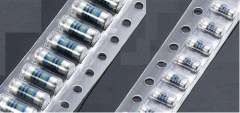
All components shelf life depends on storage conditions and type of packaging. The main concerns with the storage of SMT passive components is humidity content, temperature, and tape Reel degradation which could ultimately affect solderability. Electronic devices are available in many package types and can contain semiconductors, magnets, capacitors, and resistors. Precautions against ESD (electrostatic discharge), moisture, and contaminants need to be considered for electronic devices. The shelf life of resistors is determin...
Date:2019-07-02 [More+]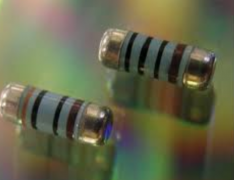
Different Types of SMD Resistors divided to chip resistor, MELF, shunt resistor, network resistor, chip jumper and more. When considering the use of SMT resistors there advantages and limitations must be kept in mind. Even though SMT resistors are widely used there are a few points worth remembering: The size and construction of SMT resistors means that they have much lower levels of of stray inductance and capacitance and as a result they can be used for much higher frequency operation. Surface mount resistors are naturally ...
Date:2019-07-01 [More+]
Mains voltages usually power AC-DC supplies, while a DC-DC supply could be powered from a battery or any other DC power source. These DC-DC converters use switched mode technology to change the input voltage to a higher or lower output voltage. Off-the-shelf power supplies are available for many markets and for general use, but in some cases a custom design is needed. Resistor manufacturers and suppliers such as Microhm have many years of experience in helping customers choose the correct component for every application. The ...
Date:2019-06-28 [More+]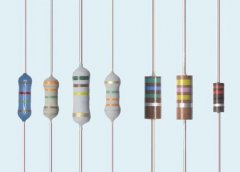
A resistor is a little package of resistance: wire it into a circuit and you reduce the current by a precise amount. Take metal film resistor for instance, It is a short, worm-like component with colored stripes on the side. It has two connections, one on either side, so you can hook it into a circuit. Whats going on inside a resistor? If you break one open, and scratch off the outer coating of insulating paint, you might see an insulating ceramic rod running through the middle with copper wire wrapped around the outside. A ...
Date:2019-06-27 [More+]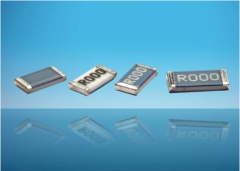
Zero-ohm resistors are available in 1/8W and 1/4W power ratings. Of course, zero-ohm resistors arent perfectly resistance-less. Due to the fact that it is made up of material shows it has some internal resistance. The actual resistance, though, is very small. The actual resistance of a 1/8W zero-ohm resistor is about 0.004Ω, whereas a 1/4W zero-ohm resistor has a resistance of approximately 0.003Ω. It can be wire wound or it can be surface mount. For surface mount resistors, there wil be a 0 on it indicating it is a zero-...
Date:2019-06-26 [More+]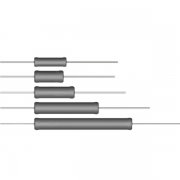
A questions that comes up from time to time is what does axial or radial leaded mean? This is calling out how the leads comes out of the component. Axial leaded components will have a lead or multiple leads coming out of each end of the component. Structurally, using a form of carbon powder mixed with an insulating material, which does not conduct electricity at all, forms most through hole resistors. This is mixed with a paste or resin to create a solid inner core of the resistor, the conductive path. The ultimate resistance...
Date:2019-06-20 [More+]
An LED (Light Emitting Diode) emits light when an electric current passes through it. The simplest circuit to power an LED is a voltage source with a resistor and an LED in series. Such a resistor is often called a ballast resistor. The ballast resistor is used to limit the current through the LED and to prevent that it burns. If the voltage source is equal to the voltage drop of the LED, no resistor is required. The resistance of the ballast resistor is easy to calculate with Ohms law and Kirchhoffs circuit laws. All LEDs re...
Date:2019-06-19 [More+]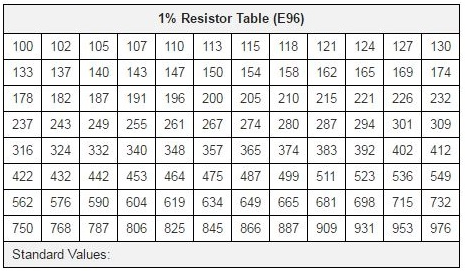
The Electronic Industries Association (EIA), and other authorities, specify standard values for resistors, sometimes referred to as the preferred value system. The preferred value system has its origins in the early years of the last century at a time when most resistors were carbon-graphite with relatively poor manufacturing tolerances. The rationale is simple - select values for components based on the tolerances with which they are able to be manufactured. Using 10% tolerance devices as an example, suppose that the first p...
Date:2019-06-19 [More+]